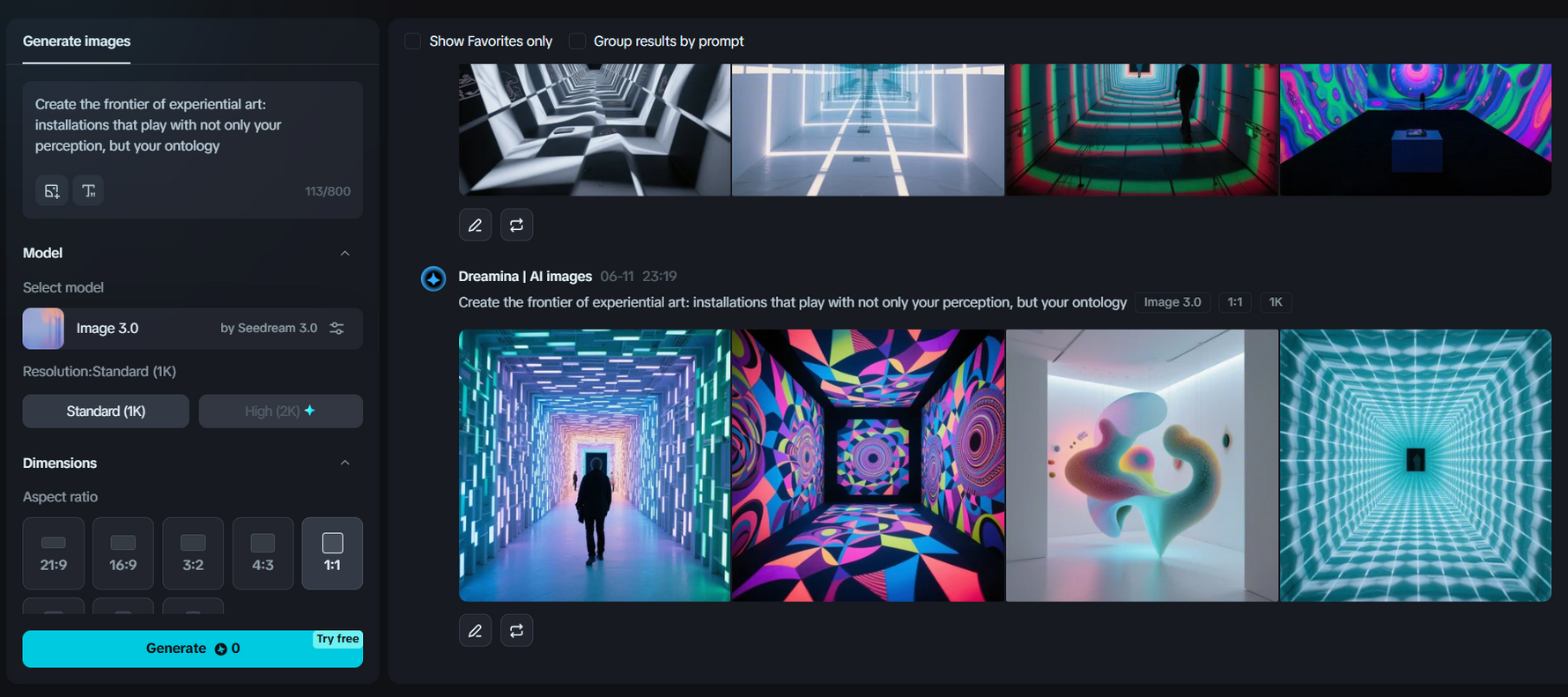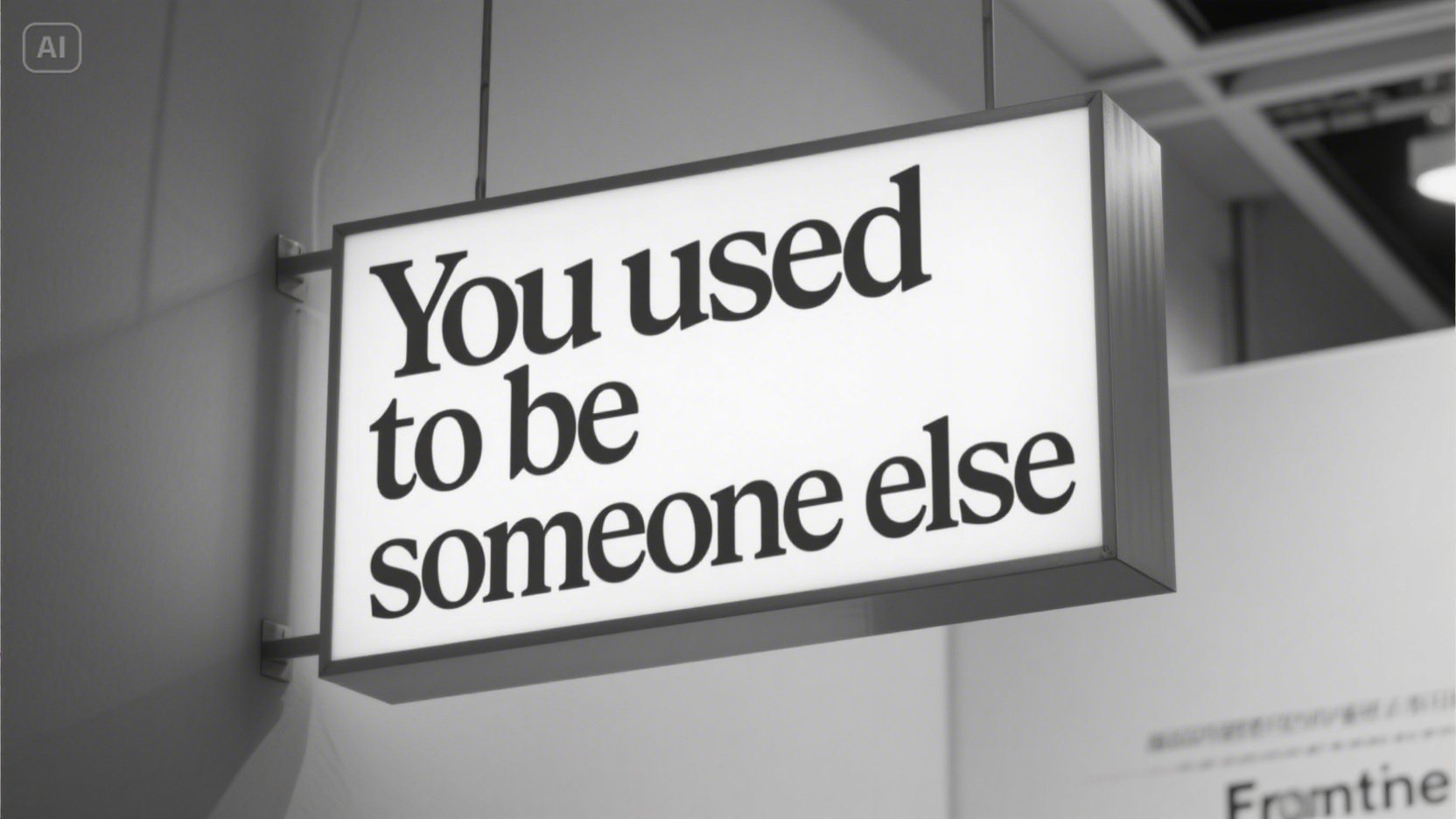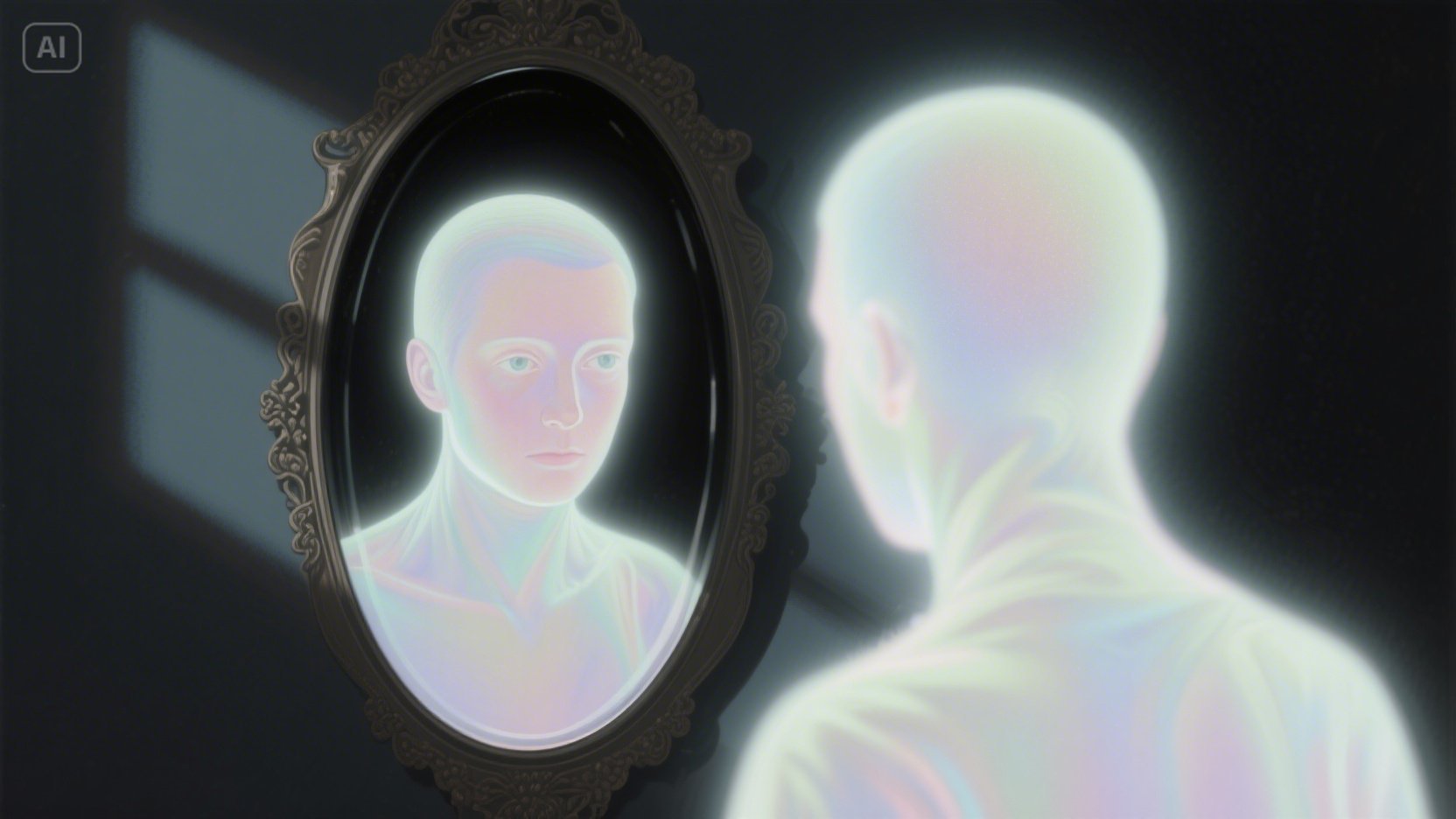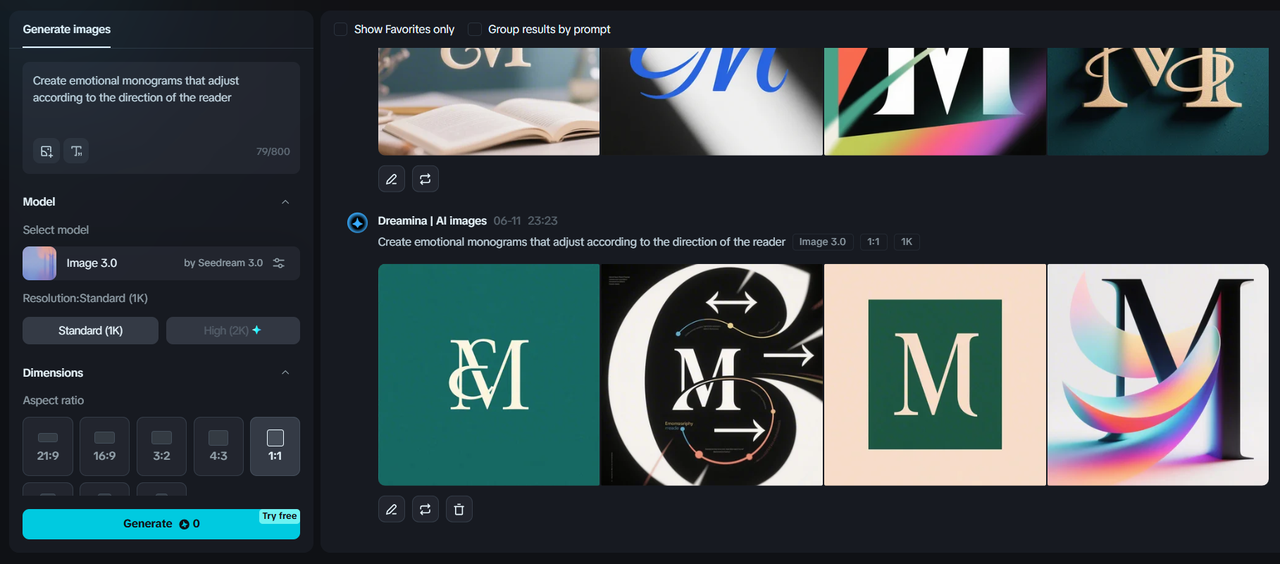Welcome to the frontier of experiential art: installations that play with not only your perception, but your ontology. They don't simply cause you to think - they alter what you think. How do you design signage and disclaimers to acclimate visitors to possible minor mythological changes without murdering the mood? This is where Dreamina's AI image generator comes into play.
You walk a fine line between form and fragmentation, elegance and entropy. This is not wall text. This is metaphysical fine print.

Welcome to the gallery of unmaking gently
Where all the exits are theoretical
Some installations threaten to "change the way you look at the world." Others transform your status as a carbon-based creature. Suppose you've made something that momentarily converts a viewer's internal monologue into third-person plural. Or you've constructed an audio room that re-composes memories into musical scales. Your gallery disclaimer can't merely be "no flash photography."
Your signage has to get the transformation primed. Calm without hiding. Tease without deceiving. Here are some useful tones and language tools:
In poetic legal jargon: "By crossing this line, you consent to the unravelling of assurance and the possible acceptance of antlers."
Risks of rhyming: "Enter here and one may find / your favourite fruit changed in mind."
Minimalist reality: "You used to be someone else."
You might be once more. Keep in mind that these are not alerts. They are calls to disintegrate, reorganise, or blossom.

Disclaimers in dialects that have been forgotten
Only if you're already making changes will the tiny print show up. Not all of the most responsible signs are immediately readable. The point is that. You should provide disclaimers if your installation makes viewers adopt an archaic emotional dialect or if they experience semantic drift, where "yes" turns into "fox."Design multi-phase disclaimers that unlock over time:
Phase 1: Color change is only observable when pupils exceed 5mm dilation.
Phase 2: Sounds are emitted only when the observer sighs three times.
Phase 3: A QR code that directs one to a webpage that unwinds in reverse.
This is where the AI image creator excels. You can create layered signs with concealed glyphs, variable ink, and dreamlike iconography (such as a mirror reflecting your imaginary self). Utilize it to sketch out images for signage that is interactive without being obtrusive. Legal, but with an air of mysticism.

Do not enter unless willing to mispronounce your soul
Linguistic liability and semiotic detours
One such side effect of immersive identity installations is inadvertent vocabulary loss - or worse, the acquisition of purely fictional languages. If a gallery-goer exits the gallery only capable of speech in metaphors or names of extinct birds, it's your responsibility to warn them.
These linguistic disclaimers ought to:
Use symbols as text: Let people feel the shift before they read it.
Use semantic translation keys: "Three times say 'grackle,' and you're agreeing to linguistic entropy."
Show alternate alphabets: The visitors ought to notice the fragility of language and recognize it could be contagious.
You can create custom exhibit logos that integrate symbols and letters with Dreamina's AI logo generator. Imagine runes, loops of palindromic properties, or emotional monograms that adjust according to the direction of the reader. The legal personality of the signage should also seem like it's changing, as if it's adjusting to whoever's attempting to read it.

Fine print stitched into seating or cultivated from moss
Placement is everything
Don't confine your disclaimers to walls. Display them where observers stall - within benches, upon shadows, or chiseled into soft echoes. The concept isn't one of concealing them, but one of installing them in the same medium as the experience. If your display features scent-induced memory overflows or light that reconfigures facial symmetry, your disclaimer could be:
A hiss over the direction speakers: "You have always had six fingers. This is not a liability."
A scratch-and-sniff notice: "Inhaling this scent might make you grieve futures that never existed."
Mossy words on museum ceilings: "Nothing you lose here ever belonged to you."
Dreamina's sticker maker, which can do more than just create adhesive squares, is needed to design these. Consider thermochromic glyphs, UV-reactive labels, or fragrances included in decals that dissolve. Your disclaimers become a part of the reality they warn of if you have the correct tools.

Exit procedures may involve mirrors and rituals
What happens after you’ve been rearranged?
One of the most challenging parts of such installations is how to bring the transformed viewer back into the social context. Decompression booths? Can they even drive legally after having become a shadow bird for 14 minutes?
Design exit disclaimers that are kind about this:
"You are coming back into consensus reality. Walk slowly."
"If your reflection no longer resembles you, please approach a gallery guide for tea."
"Your name can now contain numbers. Update the necessary documents accordingly."
Ensure your signage does not erase the experience - it should contain it. The aim is not to neutralize wonder. It's to respect the visitor's change of state while meeting your legal requirements with flair and attention.
Conclusion: consent to dissolve (beautifully)
Art is no longer happy to stay in frames. It needs to stroll inside you, reorder your metaphors, and pose difficult questions about the contours of identity. When you're working with installations like these, you are no longer just an artist - you're a cartographer of selves, a guardian of soft becoming.Your legal disclaimers shouldn't be an afterthought. They are doors of permission, poetry in the guise of paperwork. With resources such as an AI image generator to construct otherworldly signage, an AI logo generator to ground ever-evolving symbols, and a sticker maker to create ephemeral warnings, you can create documents that do more than defend - they engage.
So do it. Write the small print in signs. Insert clauses into cloud-shaped benches. Make your guests aware: yes, they might emerge differently. But they were always turning into someone else anyhow.


Comments